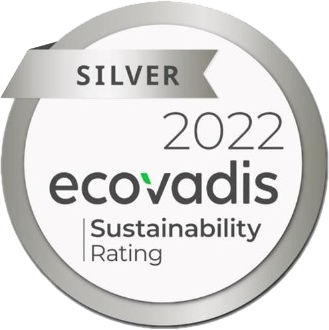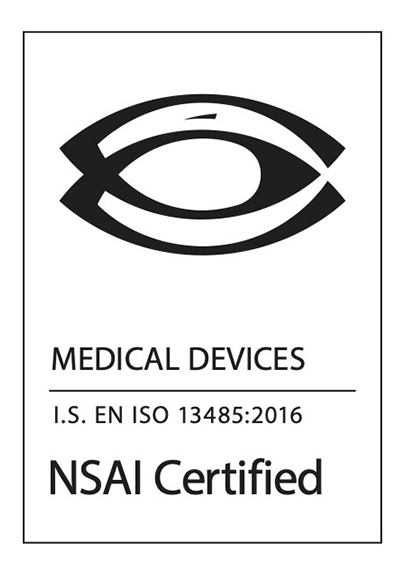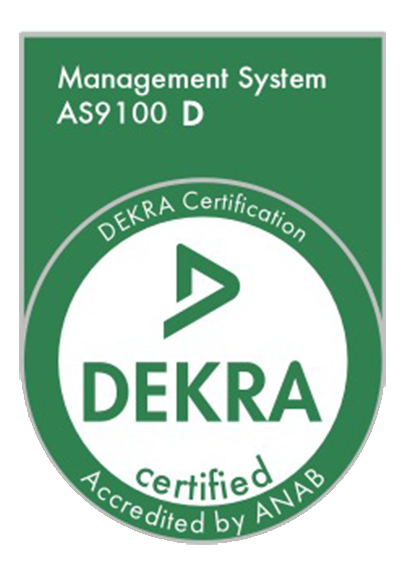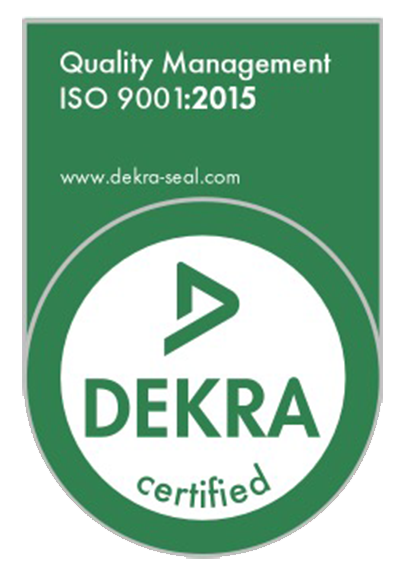Technical Blog
Technical Blog | A Deep Dive Into Our Laser Cutting and Texturing Capabilities

A Deep Dive Into Our Laser Cutting and Texturing Capabilities
Advancements in medical technology are leading to smaller, less-invasive instruments with reduced feature sizes and complex geometries. In many cases, these delicate or sophisticated parts can’t be subjected to the mechanical stresses associated with conventional machining processes. Lasers, which can cut, texture and weld a part without making contact with it, are uniquely poised to handle these special applications.
At Pulse Technologies, we operate several lasers that let us cut and texture small, intricate components with the highest levels of safety and reliability. We are also unusual among contract manufacturers for our ability to offer laser welding to medical device makers. Together, these capabilities ensure your product meets the strictest quality standards, no matter your application requirements.
The Benefits of Lasers Versus Conventional Machining
We routinely use lasers to cut tubes or flats, as well as for texturing—a process that lets us control the surface roughness of a part to improve its bonding strength. This process is particularly handy for creating strong adhesive bonds between metals and polymers. For each application, we also design the fixture that must hold the part during the laser cutting or texturing process.
Currently, our facility includes four lasers, including a 10-watt femtolaser, which can emit pulses with a duration of only a few tens of femtoseconds (10-15). This laser is extremely fast, bombarding parts with small packets of energy at an extremely high rate.
Compared to conventional machining equipment, lasers offer several benefits—particularly whenever complex or delicate parts are involved. For example:
- Lasers expand our ability to work with intricate geometries with tolerances that may be difficult to hold using traditional machining equipment.
- Lasers can hold these extremely tight tolerances (+/- 0.0003) with superior speed, accuracy and repeatability.
- Lasers can handle various materials, including stainless steel, platinum and titanium.
- Lasers don’t impart any mechanical stresses on a part, enabling them to be used on delicate objects, as well as on parts with thin cross sectional areas.
- Unlike machining operations like grinding, drilling or milling, lasers don’t generate burrs, avoiding time-consuming and costly deburring processes.
When evaluating whether or not to use a laser on a particular part, we first look at several factors, including the part’s wall thickness, the complexity of its geometry and how fragile it is. Medical applications often involve these kinds of small, intricate parts, lending themselves well to laser-based processes. Other markets where lasers play an important role include the aerospace and semiconductor industries.
Our Laser Expertise Extends to Welding Too
Laser cutting and texturing are just one part of the story. In addition to laser cutting and texturing, we offer laser welding capabilities using Spot and computer numerically controlled (CNC) welders to suit different applications and metals. Our operators are especially adept at welding similar and dissimilar metals and also controlling weld overlap.
Do you have a part that may require laser cutting, texturing or welding? Contact us today for a free quote.
Contract Manufacturing
Advanced Technology
Capabilities
© 2021 Pulse Technologies, Inc. All rights reserved.
 Careers
Careers Contact
Contact







